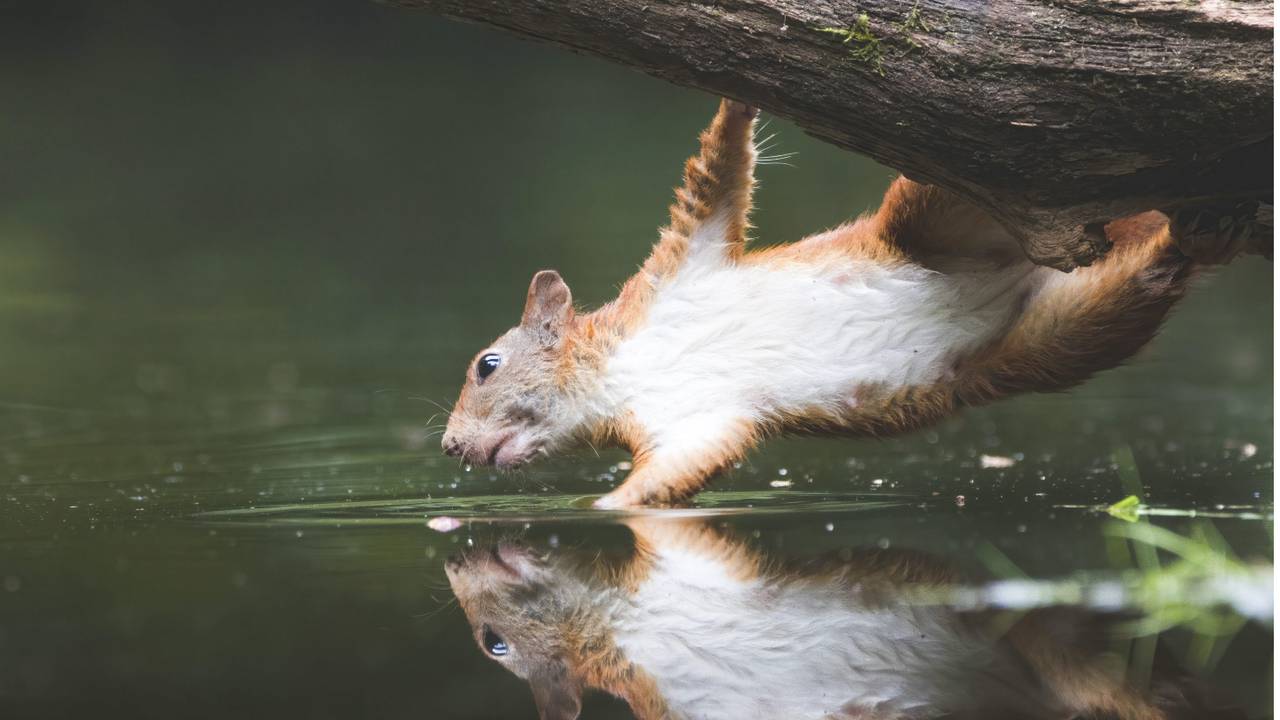Panic in building Brabant, because the province is not granting permits for projects that lead to extra nitrogen emissions for the time being. This is all because the condition of the Natura 2000 areas in Brabant has deteriorated even further. But what kind of nature areas are these and what makes them so important? And is there really no more nitrogen space available?
What is Natura 2000?
Because nature does not respect national borders, the European Union has decided to examine the nature reserves of all Member States. That is how Natura 2000 was created. This is a European network of nature areas that need protection. The Ministry of Agriculture, Nature and Food Quality has designated a number of areas in the Netherlands that must be protected.
Which areas are concerned?
Not every piece of Brabant wilderness you walk through falls under Natura 2000. There are a total of 21 areas in our province. Brabant is responsible for fifteen of these because they are completely located in Brabant. The other places are located on the Brabant border and largely in other provinces. Other provinces are about that, but Brabant is involved.
West-Brabant
- Krommer Volkerak
- Brabant Wall
- Ulvenhout Forest
- Dutch Deep
- Biesbosch
- Loevestein, Pompveld & Kornsche Boezem
- Zoom more
- Marquisate
Central Brabant
- Long Street
- Loonse and Drunense Duinen & Leemkuilen
- Vlijmens Ven, Moerputten & Bossche Broek
- Kampina & Oisterwijkse Vennen
- Real Heath & Riels Low
Southeast Brabant
- Kempenland West
- Strabrechtse Heide & Beuven
- Leenderbos, Groote Heide & The Plateaux
- Weerter- and Budelerbergen & Ringselven
- Big Peel
- Deurnsche Peel & Mariapeel
Northeast Brabant
- Oeflter Meent
- Boschhuizerbergen
Below you can see where the Natura 2000 areas are located. By clicking on the different areas, you get more information (source: Ministry of Agriculture, Nature and Food Quality).
Waiting for privacy settings…
Why have these areas in particular been designated as Natura 2000?
You have to see the areas as the most special and valuable nature in Europe. In those places you will find certain animals and plants that need protection, so that all those different species can continue to exist. All these areas look different. The government wants to keep it that way, because it is good for the number of plant and animal species.
What is so special about those areas?
The Biesbosch consists of a large number of islands and creeks, which are largely covered with willow forest. De Groote Peel is one of the last places in the Netherlands where raised moors occur. The Boschhuizerbergen nature reserve in East Brabant has shifting dunes that were created after the last ice age. And so each area has its own characteristics with associated animals and plants.
What is the problem for Natura 2000 areas?
New research by the province shows that the quality of these nature areas has deteriorated. An important cause is deposition of nitrogen. Nitrogen is an important nutrient for plants and, in principle, not harmful. But it does if it comes into contact with substances such as nitrogen oxide (from cars, factories, airplanes) and ammonia (from livestock farming). That is why nothing is allowed to happen in an area of 25 kilometers around a Natura 2000 area that causes extra nitrogen.
Is there no space left anywhere?
No. Well, ahead, a very small piece in Northeast Brabant seems to escape the dance. But that area (between Grave and Megen) is only small, as you can see in the image below. Particularly because Brabant has so many Natura 2000 areas, the circles almost all overlap and there is little or no room left to allow projects to go ahead.

READ ALSO:
Here’s what you need to know to understand the nitrogen crisis
Stop on permits now that nature in Brabant has deteriorated even further


